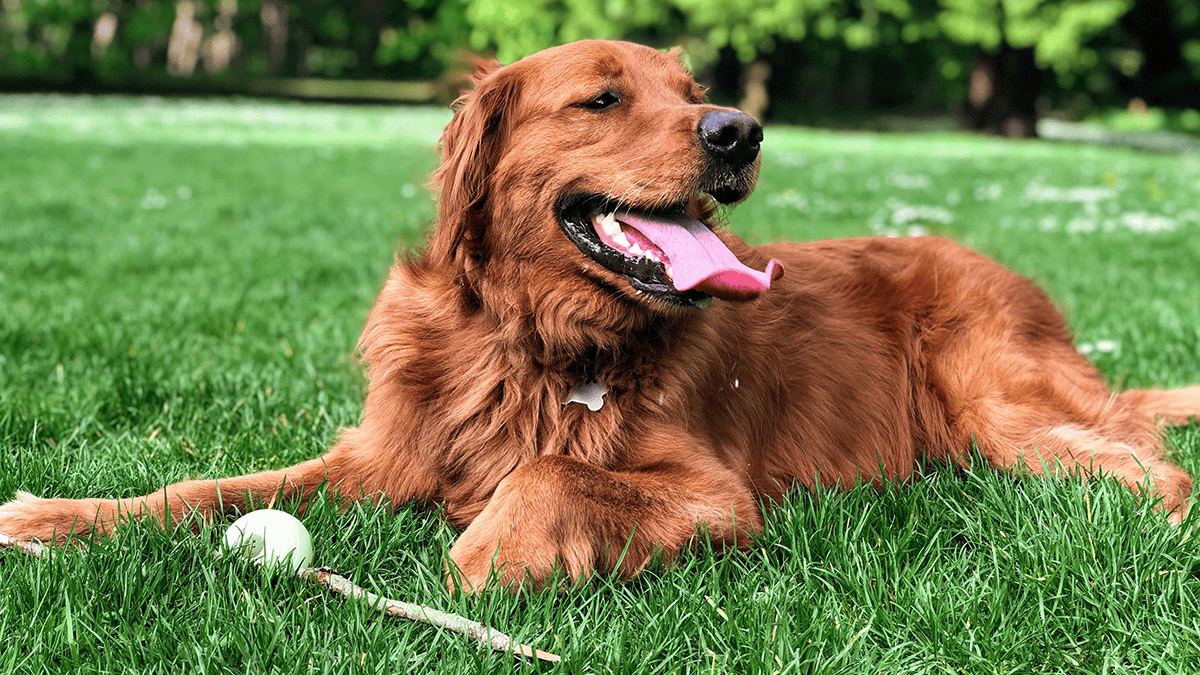discover how affordable regular pooper scooper service can be!
Love Your Dog, But Hate Picking Up The Poop?
Enter Your Zip Code For An Instant Quote.
Exercise is vital to a dog’s overall health and well-being, just as it is for humans. However, just like people, dogs have different exercise needs depending on their age, breed, and health condition. Providing your dog with age-appropriate exercise is crucial to ensuring they stay healthy, happy, and active throughout their life. In this article, we’ll explore the importance of tailoring exercise routines to your dog’s age and provide tips on how to keep your dog in top shape at every stage of their life.
1. Puppies: Building Strong Foundations
Puppies are full of energy and curiosity, and exercise plays a key role in their development. However, it’s important to remember that their bones, joints, and muscles are still growing. Over-exercising a puppy can lead to injuries or developmental issues, especially in larger breeds that are prone to joint problems. Recommended Exercise: Puppies benefit from short bursts of playtime spread throughout the day. Activities like gentle fetch, short walks, and interactive play are ideal. Socialization is also important at this stage, so taking your puppy to safe, enclosed areas where they can interact with other dogs can be beneficial. Make sure to monitor your puppy’s energy levels and avoid any strenuous activity that could put too much strain on their growing bodies.2. Adult Dogs: Maintaining Fitness and Mental Health
Adult dogs typically reach their full physical and mental maturity by the time they’re around one to two years old. At this stage, their exercise needs will vary depending on their breed, size, and overall health. Regular exercise helps maintain a healthy weight, supports cardiovascular health, and prevents behavioral issues that can arise from boredom or pent-up energy. Recommended Exercise: For most adult dogs, a mix of daily walks, playtime, and mental stimulation is ideal. Breeds with high energy levels, such as Border Collies or Labrador Retrievers, may require more vigorous exercise, such as running, agility training, or swimming. On the other hand, less active breeds like Bulldogs or Basset Hounds may be content with shorter walks and moderate playtime. Incorporating activities that challenge your dog’s mind, like puzzle toys or scent work, can also keep them mentally sharp.3. Senior Dogs: Gentle, Low-Impact Activities
As dogs age, their energy levels decrease, and they may begin to experience age-related health issues such as arthritis, joint stiffness, or reduced mobility. However, even senior dogs need regular exercise to maintain muscle tone, support joint health, and prevent obesity. The key is to adjust their exercise routine to accommodate their changing needs. Recommended Exercise: Low-impact activities are best for senior dogs. Short, slow walks on soft surfaces, like grass, can help keep their joints moving without causing too much strain. Swimming is another excellent option, as it provides gentle exercise without putting stress on their joints. Senior dogs may also enjoy light playtime with toys or other dogs, as long as it’s not too vigorous. It’s important to listen to your dog’s cues and adjust the intensity and duration of exercise based on their comfort level. If your dog seems stiff or reluctant to move, consult your veterinarian for advice on managing their exercise routine and any underlying health issues.4. Health Considerations at Any Age
Regardless of your dog’s age, it’s important to monitor their health and adjust their exercise routine accordingly. Dogs that are overweight or have health conditions like hip dysplasia, heart disease, or respiratory issues may require a modified exercise plan. In some cases, a professional pet waste removal service can help keep your yard clean, ensuring your dog has a safe and pleasant environment for outdoor activities. Health Tips:- Consult Your Veterinarian: Before starting any new exercise routine, especially for puppies, senior dogs, or dogs with health issues, it’s essential to consult your veterinarian. They can provide guidance on the appropriate type and amount of exercise for your dog’s specific needs.
- Watch for Signs of Overexertion: Signs that your dog may be overexerted include excessive panting, limping, reluctance to move, or lying down during exercise. If you notice any of these signs, stop the activity immediately and give your dog time to rest.
- Provide Plenty of Water: Always ensure your dog has access to fresh water, especially during and after exercise. Hydration is crucial to preventing heatstroke, particularly in warmer weather.
5. Tailoring Exercise to Your Dog’s Breed
Different breeds have different exercise requirements. High-energy breeds like Terriers and Herding dogs need more intense and prolonged exercise to keep them mentally and physically satisfied. In contrast, toy breeds or brachycephalic breeds (like Pugs and Bulldogs) may have limited stamina and require shorter, less intense activities. Exercise Ideas for Different Breeds:- High-Energy Breeds: Consider agility training, long runs, or extended play sessions.
- Low-Energy Breeds: Opt for short, leisurely walks and indoor play.
- Water-Loving Breeds: Take advantage of their natural affinity for water by incorporating swimming into their routine.


